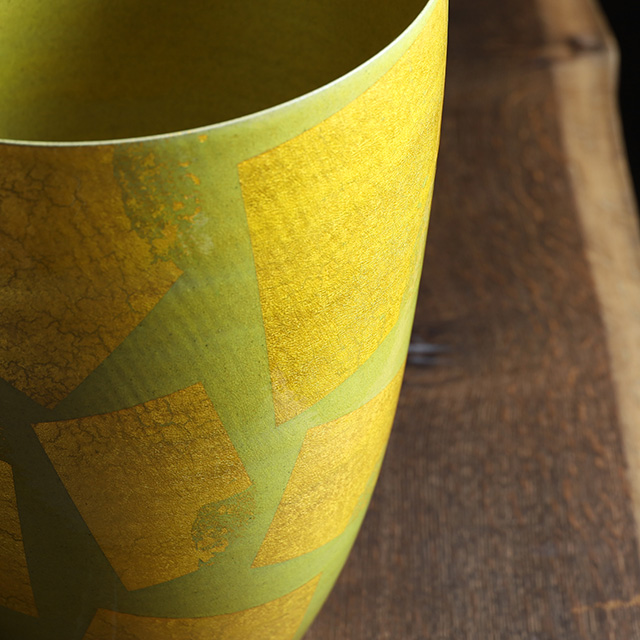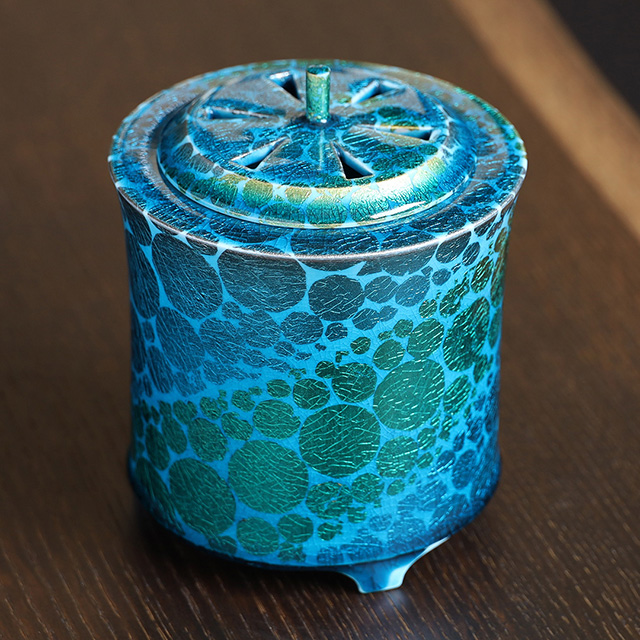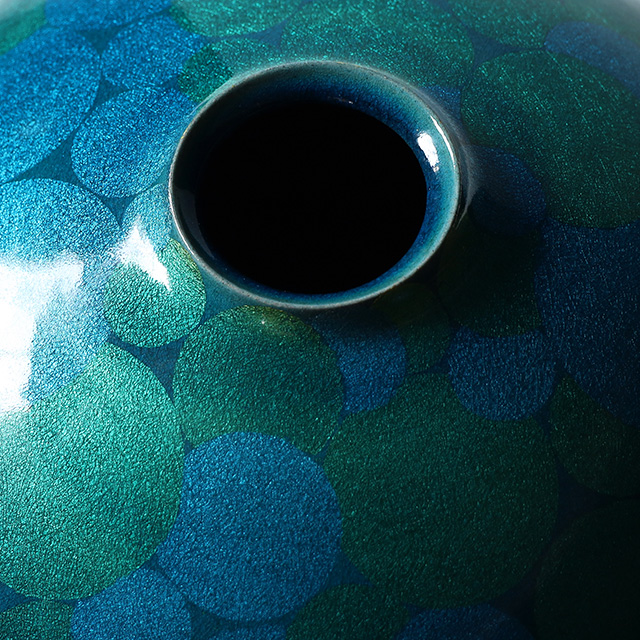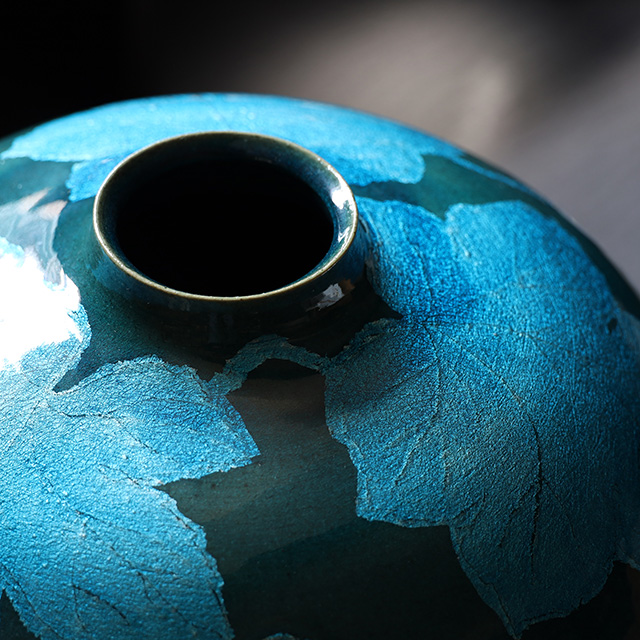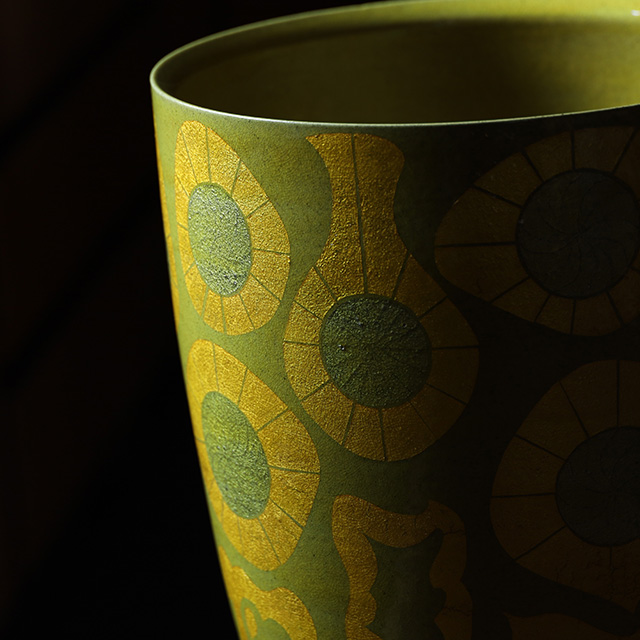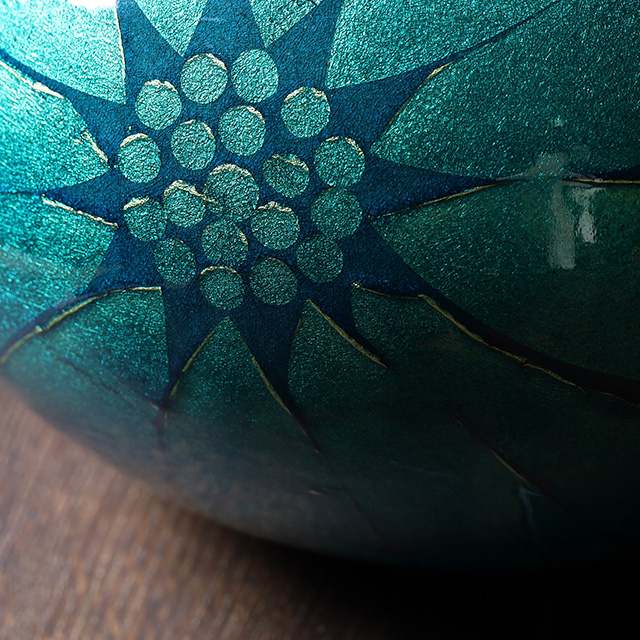Hakuko / Jiro Ono
小野珀子 / 次郎
Hakuko Ono 1925-1996
Hakuko Ono was born in aichi prefecture as the eldest daughter of Kozan Ono.
In 1931, father resigned from job at the nagoya ceramic works, established the “Kozan Ceramic Works” in fukushima prefecture, and moved the family there. Coupled with the recession, father’s business was extremely difficult, but in 1939 he relocated the small scale kozan ceramic works to ureshino city, saga prefecture. Only hakuko remained in fukushima prefecture and was left with her uncle until she graduated from a girls’ school.
In 1943, after graduating from Aizu Wakamatsu Girls’ High School, returned to ureshino and worked in the family business. At that time, the kozan ceramic works was booming as wholesalers in arita began to actively purchase it.
In 1948, married into the Ogushi family in tokyo, but divorced in 1960 and returned to ureshino to work in her father’s kozan ceramic design office.
In 1964, fascinated by Hajime Kato’s yuri-kinsai technique and began researching the technique on own, but failed for several years.
In 1969, developed the yuri-kinsai.
In 1970, received the Award at the Kyushu Yamaguchi Ceramic Exhibition. Received the Gold Award at the Japan Kogei Association West Craft Exhibition. Received the Award at the Saga Prefecture Exhibition Craft Division. Received the Second Prize at the Kyushu Mainichi Ceramic Exhibition. Received the Governor Award at the Saga Art Association Exhibition.
In 1971, received the Asahi Gold Award at the Japan Kogei Association West Craft Exhibition, the yuri-kinsai jar “Kou” was collected at the National Museum of Modern Art, Tokyo. Received the Nihon Keizai Shimbun Award at the Saga Prefecture Exhibition.
In 1972, received the Nagasaki Broadcasting Director Award. Received the Tamaya Award at the Japan Kogei Association West Craft Exhibition.
In 1973, received the Excellent Work Award at the Japanese Ceramic Art Exhibition. Received the Mainichi Shimbun Award. Became the Regular Members of the Japan Kogei Association.
In 1974, the tea bowl was collected at the Japanese Pavilion in the State Guest House.
In 1981, received the Japan Ceramics Society Award, the Cultural Encouragement Award. The work was collected at the Sydney Art Museum in New Zealand.
In 1985, “Yamanami”, “Yellow glaze Vase” was collected at the KURE MUNICIPAL MUSEUM OF ART. “Sea of Madder” was collected at the TSURUI MUSEUM OF ART.
In 1986, the work was collected at the Ministry of Foreign Affairs.
In 1988, the work was collected at the Museo Nacional de Bellas Artes and the Ministry of Foreign Affairs.
In 1992, designated as the Saga Prefecture Important Intangible Cultural Property.
She is one of japan’s leading female artists, specializing in kinrande and yuri-kinsai, which use gold leaf boldly and delicately, and has developed a luxurious and profound worldview that combines her gorgeous techniques with modern sensibilities. Yuri-kinsai takes a lot of effort and time, and since it cannot be mass produced, there are few artists who work on it, and above all, it requires a high level of technical ability.
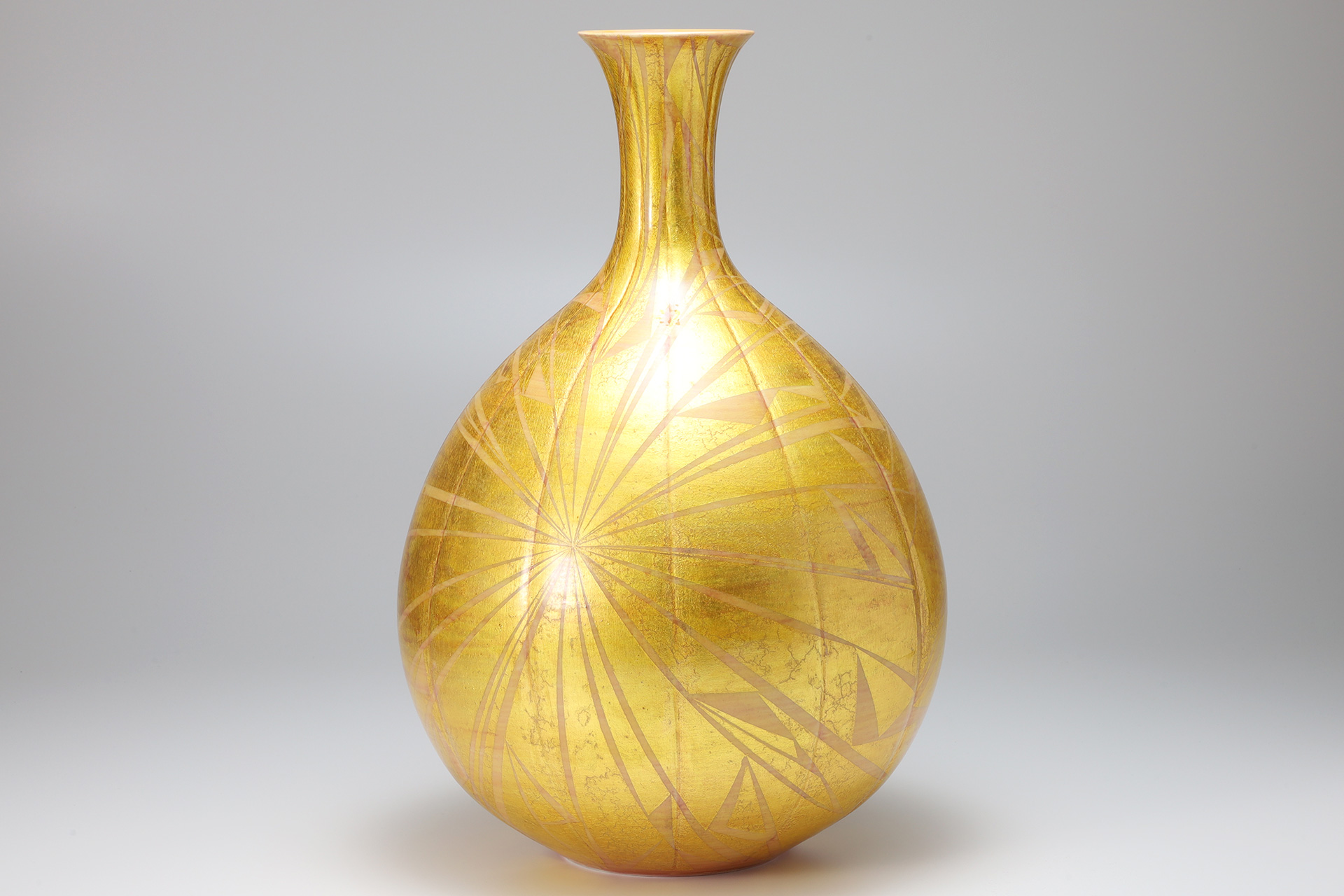
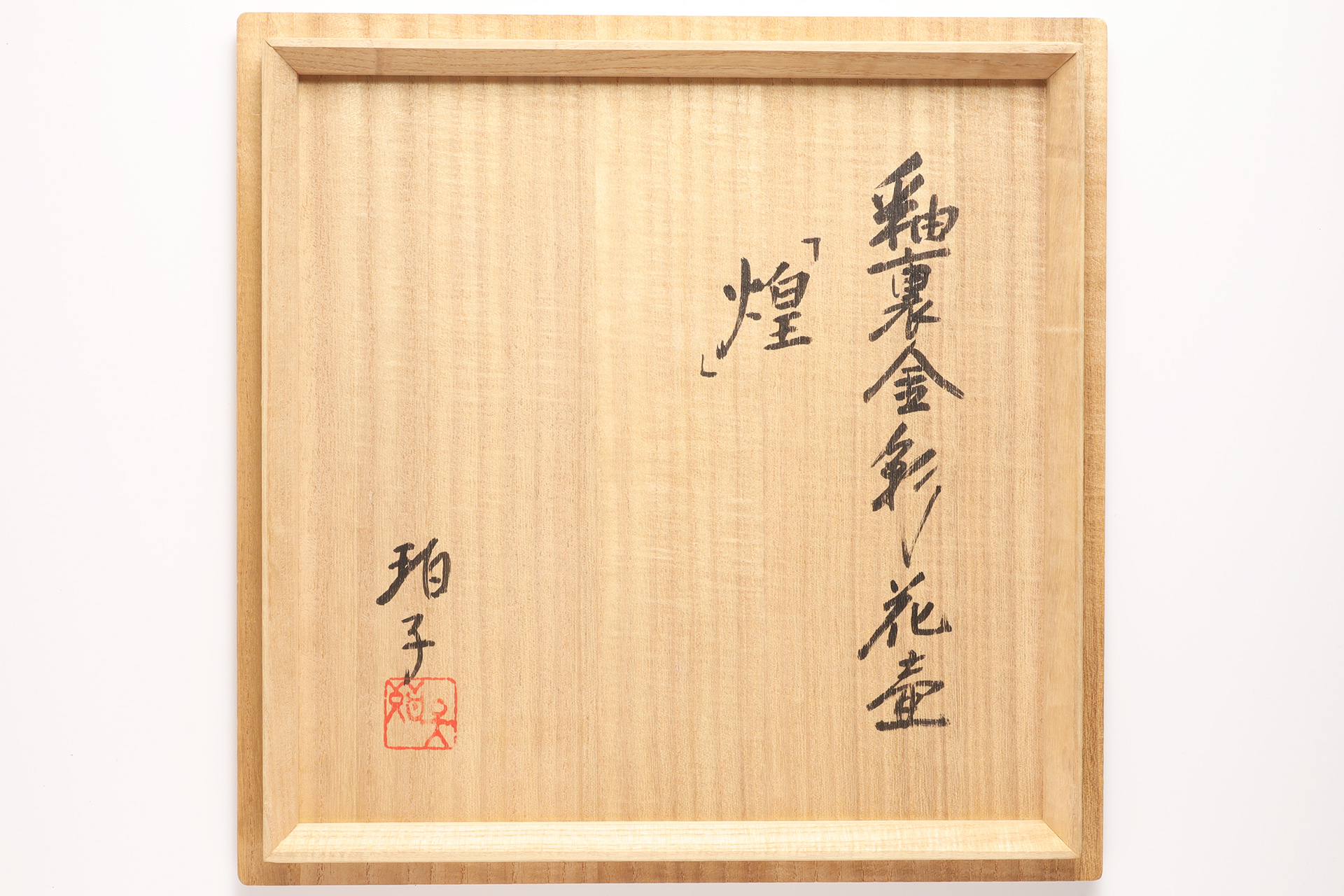
Jiro Ono 1953-2010
Jiro Ono was born in tokyo as the second son of Hakuko Ono.
In 1979, received the Award at the Kyushu Yamaguchi Ceramic Exhibition.
In 1980, received the Asahi Shimbun Gold Award at the Japan Kogei Association West Craft Exhibition. Received the Award at the Saga Art Association Exhibition.
In 1980, received the NHK Award at the Kyushu Yamaguchi Ceramic Exhibition. Received the KBC Award at the Japan Kogei Association West Craft Exhibition.
In 1982, received the NHK Award at the Kyushu Yamaguchi Ceramic Exhibition. Received the Japan Kogei Association Award at the Japan Kogei Association West Craft Exhibition. Became the Regular Members of the Japan Kogei Association.
In 1983, received the Excellence Award at the Western Japan Ceramic Art Exhibition.
In 1984, received the Award at the Kyushu Yamaguchi Ceramic Exhibition.
In 1985, received the Excellence Award at the Western Japan Ceramic Art Exhibition.
In 1986, received the Encouragement Award at the Western Japan Ceramic Art Exhibition.
In 1987, received the Encouragement Award at the Western Japan Ceramic Art Exhibition.
In 1988, received the Encouragement Award at the Western Japan Ceramic Art Exhibition.
In 1996, started producing yuri-kinsai and kinrande.
In 2001, The work was collected at the British Museum.
In 2002, established “Kohaku Ceramic Works”.
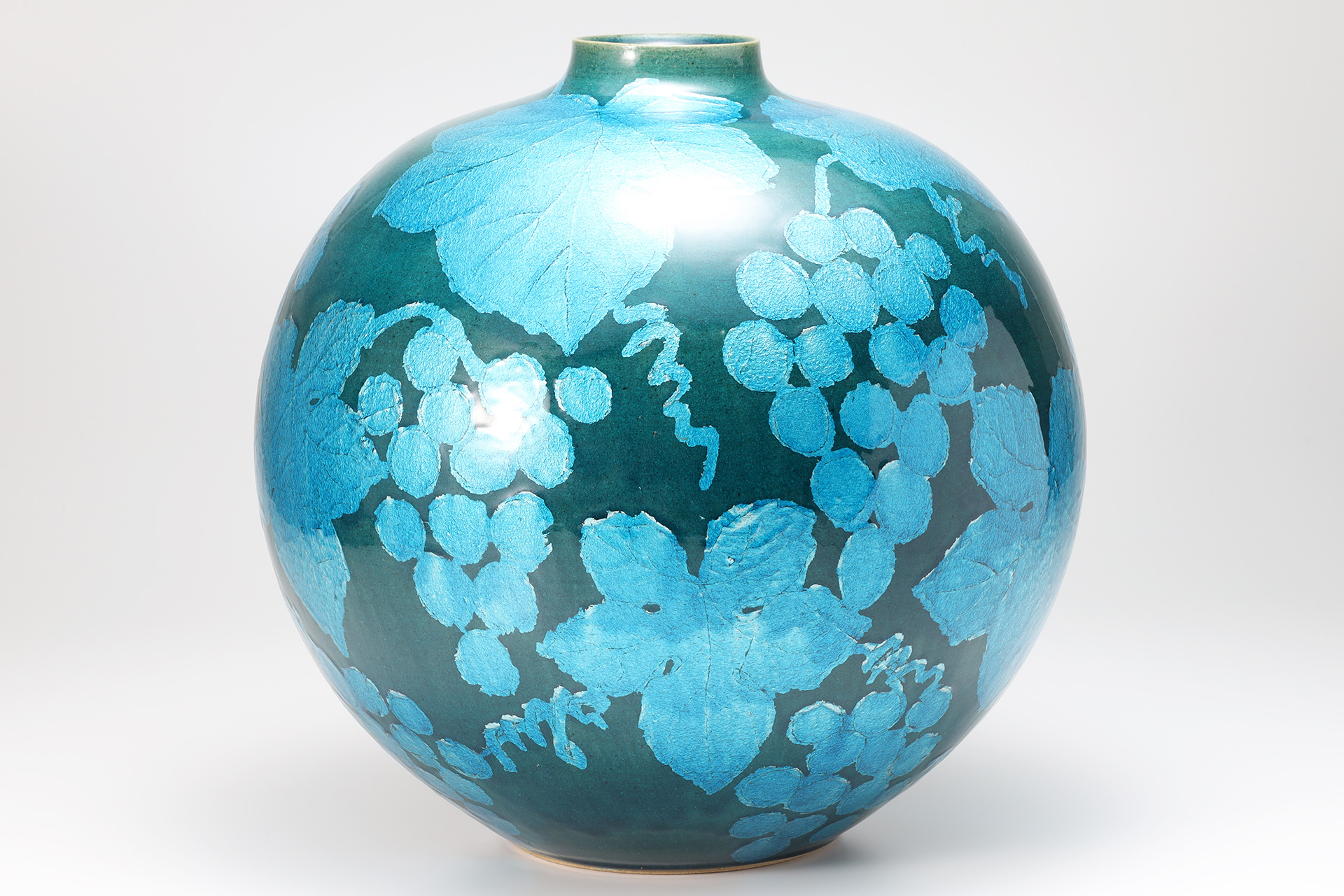
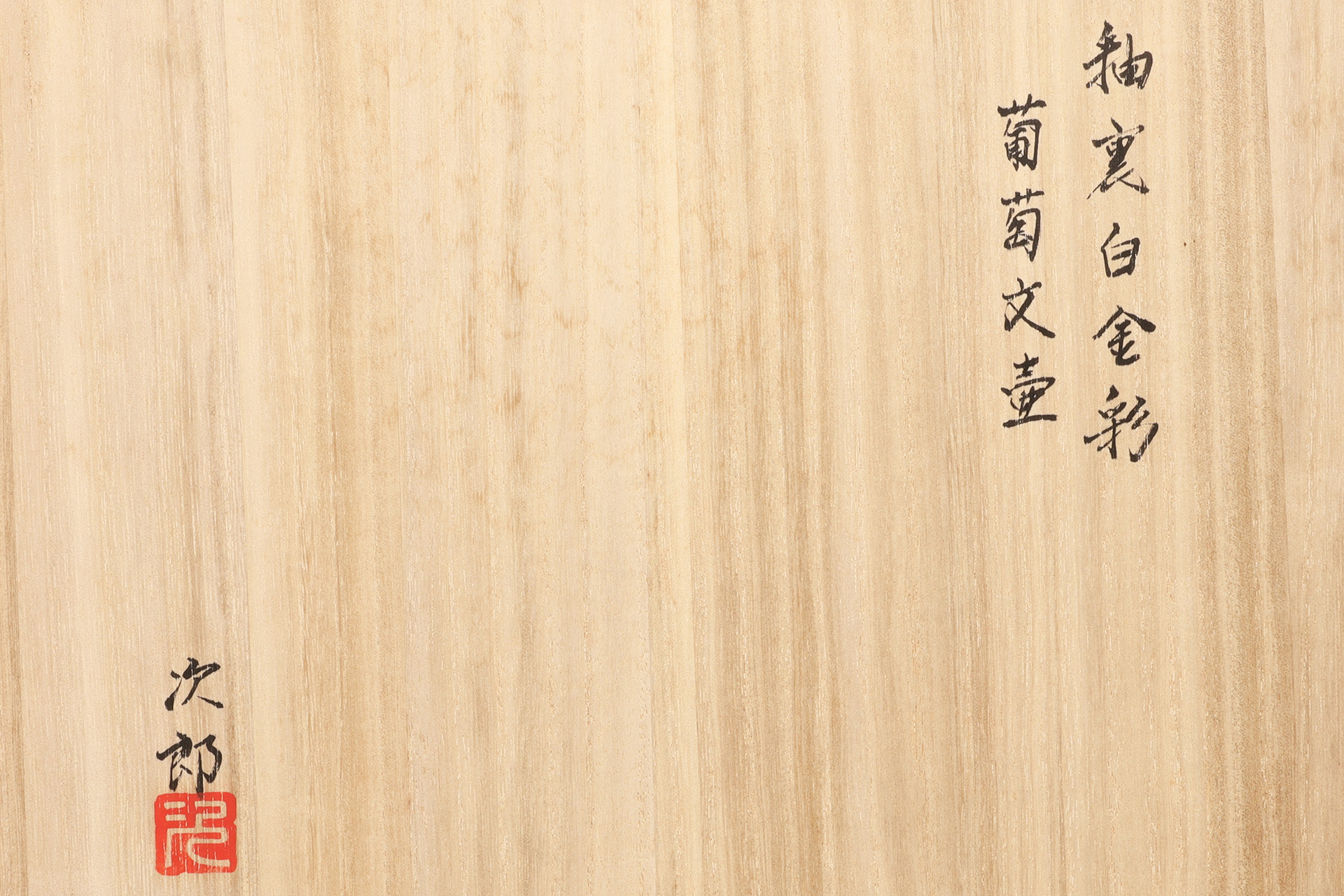
We sell and purchase Hakuko / Jiro Ono
We have a physical shop in Hakata-ku, Fukuoka City, where we sell and purchase works by Hakuko / Jiro Ono. Drawing on a long career and rich experience in dealing, we promise to provide the finest service in the best interests of our customers. With the main goal of pleasing our customers, we will serve you with the utmost sincerity and responsibility until we close the deal.



